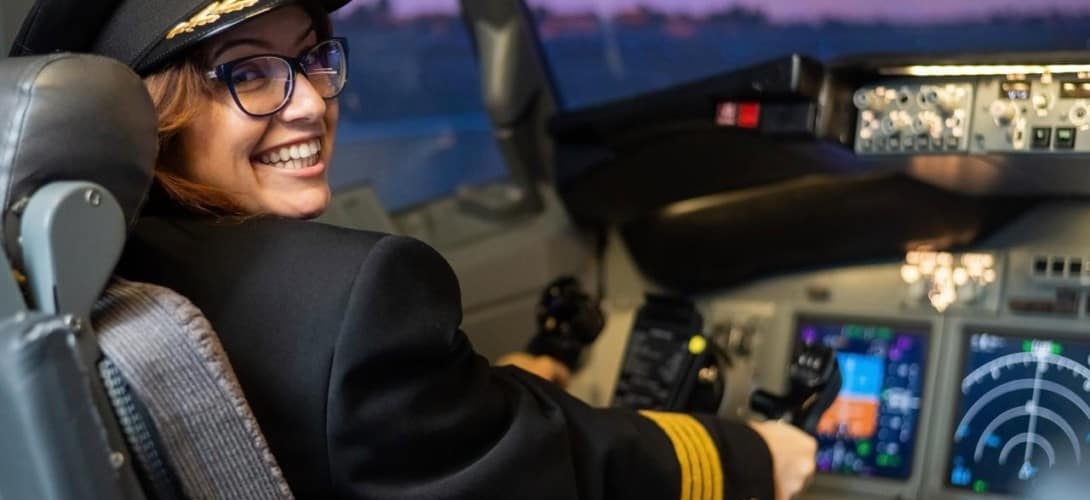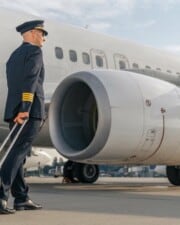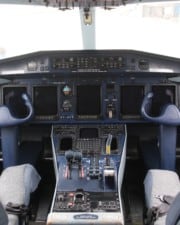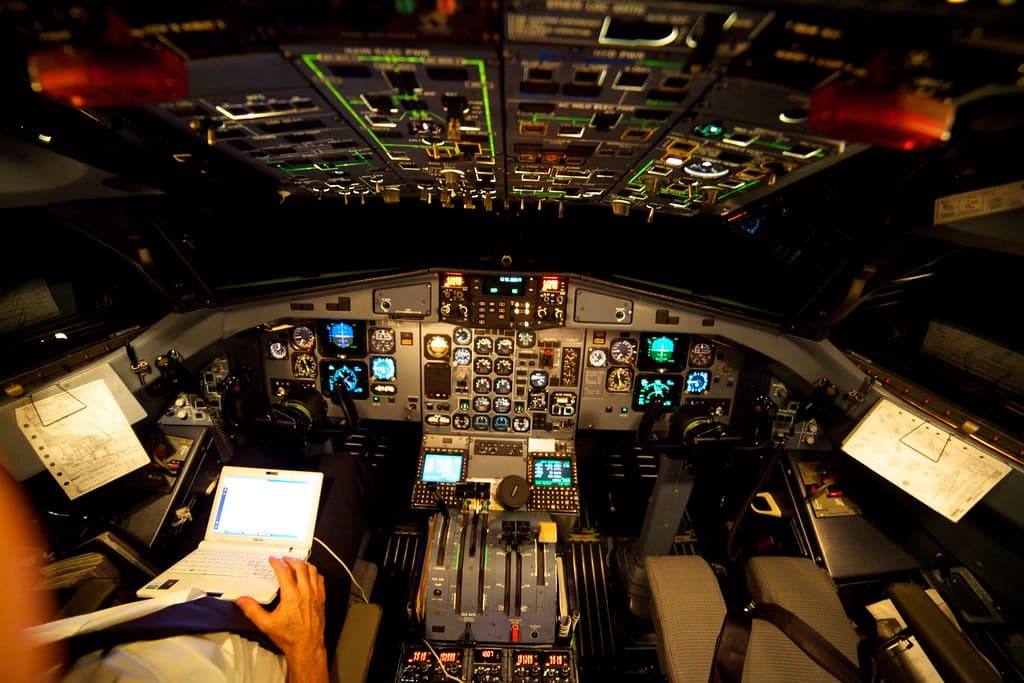If you’re considering taking flight lessons, don’t take picking your flight school lightly. Choosing a flight program is like picking a college. But, flight school will ultimately cost even more than college will in most instances.
Table of Contents
There’s no silver bullet or definitive guide on how to pick the right flight school. The right school will be defined differently for each student, depending on what they want from their flight training. In the end, picking the right school is a personal choice that’s based as much on how you fit in as it is on the quality of the school.
What to Look for in a Flight School
Since it’s difficult to come up with any blanket rules for defining the best flight schools, let’s look at what makes a school better than another one. Here are just a few of the things you’ll want to consider when choosing where to learn to fly.
- Quality of the school’s instructors
- Quality of the school’s aircraft fleet
- Availability of simulators or flight training devices
- Option of an accelerated training program
- Amount of staff and airplanes available to you
- School’s overall pass rate (success rate)
- If the school is certified under Part 141 or not
Quality of Instructors
Undoubtedly, the most effective thing a flight school can offer its students is professional and talented flight instructors. Therefore, all your decisions regarding the flight school should revolve around the person you will spend most of your flight training with–your CFI.
A good CFI can make a world of difference in your flight training. But, likewise, a bad CFI experience can set you back thousands of dollars or maybe even kill your flying dreams. Unfortunately, you can’t assume that you will get the best instructors because you have chosen a great school.
One advantage of a larger flight school is that getting an instructor change should be easy. Fly with several instructors to get a feeling for their style and technique. Find the one you learn best with and stick with them.
Quality of Equipment
The airplanes a school operates get more attention than other factors. Nothing wows potential students like brand new airplanes that come complete with that new airplane smell. But does it matter?
What matters most is that the aircraft is safe, clean, and well-maintained. If a plane hasn’t been washed in ten years and looks like junk, it probably is junk. But an old airplane can shine as long as it has been taken care of and maintained properly. And, it might be significantly cheaper for you to rent than a brand new plane.
On the other hand, an older plane is likely to have older avionics and instruments. That shouldn’t be a problem, but it’s a factor to consider if you do an instrument rating.
Access To and Use of Simulators
Simulators and FTDs (Flight Training Devices) can provide amazing cost savings at all phases of flight training. By the FAA’s definitions, a simulator is full-motion and represents a specific aircraft type, while an FTD is usually stationary and slightly generic. But both can be used effectively during all phases of flight training, and the terms are often used interchangeably.
The advantage of the FTD is that you can pause the simulation and discuss what is happening with your instructor. There is no pause button in the plane, so things can get overwhelming. The FTD allows you to discuss each step of a process, from taxiing and takeoff to complex maneuvers and emergencies. The ability to practice something and get good at it before you get in the plane can save you thousands of dollars.
Accelerated Training Option
Some flight schools specialize in getting you your licenses quickly with accelerated training. Most of these accelerated programs are designed for pilots looking to start a new career. Program lengths can vary, but if a program says it can get you from zero time to commercial pilot in 18 months or less, it is accelerated.
To have an effective accelerated training program, a school has to be big enough to offer you multiple flights or ground lessons in one day. That’s a significant staffing and equipment commitment on the part of the school and not something that every flight school can do well.
Accelerated programs are not for everyone. They require a five or six-day-per-week commitment, with at least four or six hours per day at the school and more time studying. That means you really can’t be working a full-time job or school while flying. An accelerated program requires your complete focus.
How Long is Flight School?
The advantage of an accelerated program, of course, is that you can complete ratings in a matter of months.
At most flight schools, students get three flight blocks per week. When you include studying time between lessons, this is about the maximum most students can budget if they have other full-time obligations. Most flight blocks are three to four hours. At this rate, it takes most students about a year to complete a rating.
Staffing and Equipment Issues
The number of instructors and airplanes a school offers is another consideration. If the school has one instructor and one plane, you’re out of luck if the instructor comes down with a cold or the plane is down for maintenance. On the other hand, more instructors and airplanes mean more opportunities for students to get on the schedule and fly when they want to.
Checkride Pass Rate
Instructors and schools keep tabs on how many of their students pass their checkrides on the first go. Keep in mind that it’s not uncommon for students to bust a checkride. But if the student is well-trained by a professional instructor, there should be little chance of failure.
When shopping around, it never hurts to ask a school what its pass rate is.
Is Part 61 or 141 Better?
Flight schools are roughly categorized based on which Federal Aviation Regulation they operate under. A Part 141 flight school is inspected by the FAA. Each student is trained using an FAA-approved curriculum.
Part 61, on the other hand, is more informal. Part 61 describes the requirements of each pilot certificate and what you must do to be eligible. You can get Part 61 training from any flight instructor, whether they work for a school or not.
One is not necessarily better than another. The factors described above are more important when picking a flight school.
There is one exception to that rule, however. If you are pursuing a set of ratings or an aviation career, an accelerated pilot program under Part 141 might be a good choice. This type of program could save you a lot of money. In addition, part 141 programs usually require fewer hours than Part 61 ones do.
Read more about the differences between part 61 and 141 flight schools.
Related Posts












